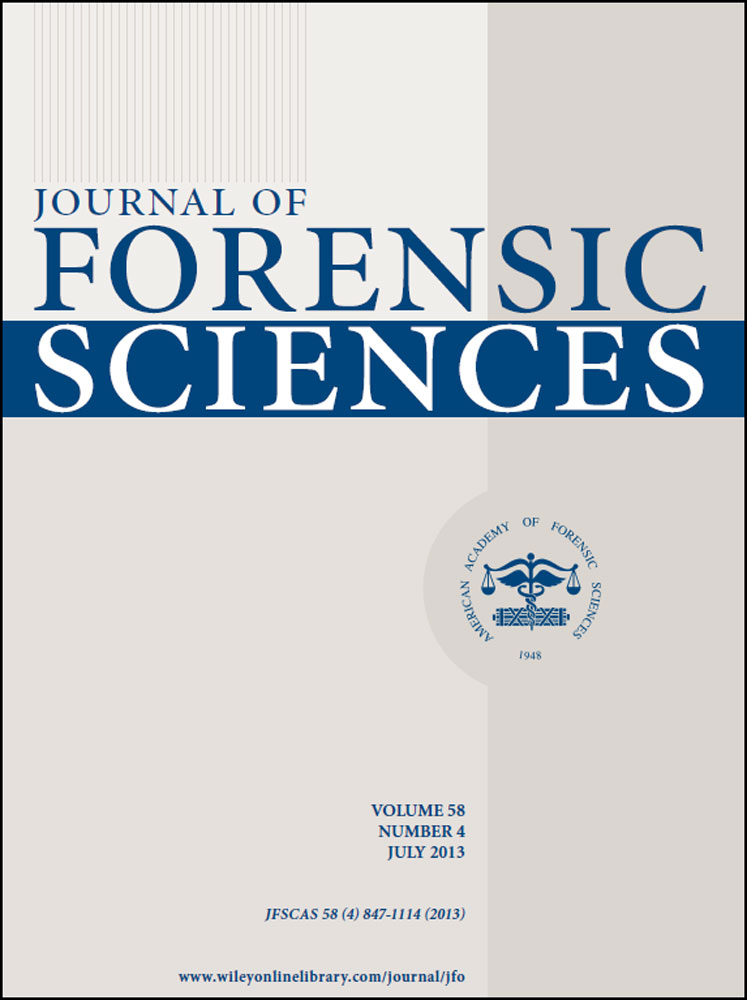Pronasale Position: An Appraisal of Two Recently Proposed Methods for Predicting Nasal Projection in Facial Reconstruction†
Supported by the Research Project MSM 0021620843 from the Ministry of Education, Youth and Sports of the Czech Republic.
Abstract
This study examines two recently proposed methods for predicting nose projection from the skull, those developed by Stephan et al. (Am J Phys Anthropol 122, 2003, 240) and Rynn et al. (Forensic Sci Med Pathol 6, 2010, 20). A sample of 86 lateral head cephalograms of adult subjects from Central Europe was measured, and the actual and predicted dimensions were compared. Regarding nose projection (the anterior and vertical position of the pronasale), in general, the method of Rynn et al. (Forensic Sci Med Pathol 6, 2010, 20) was found to perform better and with less error variance than the method of Stephan et al. (Am J Phys Anthropol 122, 2003, 240), but the mean difference between the actual and predicted values did not exceed 2.2 mm (6.5% of the actual dimension) in most of the variables tested. The vertical dimensions of the nose were predictable with greater accuracy than the horizontal dimensions. Although the mean error of both methods is not great in practice and thus both methods could be considered to be “accurate,” the real variance of error should not be overlooked.




